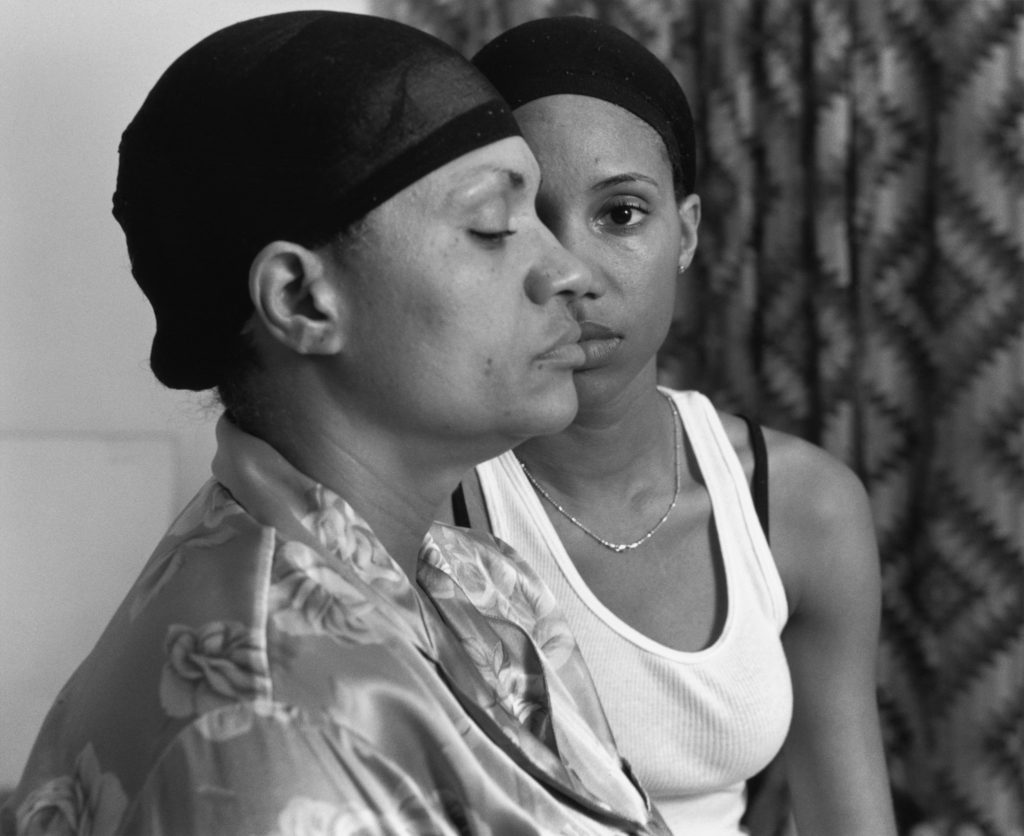To what extent can we trust documentary photography to tell the truth about reality?
“The process of manipulation starts as soon as we frame a person, a landscape, an object, or a scene with our cameras: we choose a portrait or landscape format” (Bright, S. and Van Erp, H. 2019; 18)
The quote above raises a valid point on how artists are constantly manipulating photographs, even when they are not aware, in order to create a captivating images for viewers. This point allows us to consider how photography is a form of secondary data, making our analysis of what seems to be reality within the image unreliable, creating the argument of how documentary photographs do not truthfully depict reality
My personal investigation looks at my grandparent’s lifestyle and how it has been influenced by the time period they grew up in, the 1940’s. I have explored the influence of religion and spirituality, gender roles within the family structure and social norms during this time period which are still present in their lifestyle to this day. Holding strong connections with my grandparents led me to want to base my project on them, as I know I will be able to easily retrieve useful insight into their lifestyle, enhancing the imagery I produce, on top of forming a piece of work in which my family will cherish. In this essay I aim to discuss the extent to which documentary photography accurately portrays reality, with reference to two documentary style photographers, Latoya Ruby Frazier and Walker Evans. In this essay I will be referring to Walker Evan’s photographic series entitled ‘let us now praise famous men’ and Latoya Ruby Frazier’s photographic series ‘The Notion of Family’. Analysing photographers who captured imagery in two different periods of time, contextual and contemporary comparison, allows me to illustrate whether the reliability has changed overtime or stayed consistent, providing a valid argument.
The art movement of realism and straight photography looks at creating imagery which showcase life how it is, this emerged in the 1840’s. Artists who work within this area look at raising social and cultural issues relevant within society at that time, in order to make the audience aware of this issue in hope something can be done to make a change. This area looks at documentary photography and photojournalism to document the events which are occurring. Artists stick to the original techniques and purpose of photography, the use of photography for science, to create detailed, sharp images showcasing real life. Henry Fox Talbot created the calotype, which is said to be the basis for how photography is practised today in documenting everyday life. The calotype was done by creating a paper negative, exposing a sheet of paper coated with silver and chloride to a light source. His photographs used a short exposure time and allowed multiple prints to be produced through one negative. He believed that photographs were the cause of light, the influence of nature, on a paper negative and is illustrated through optical and chemical means. Artist Louis-Jacques Mandé Daguerre, also shared this ideology behind image making and stated that photography “consists in the spontaneous reproduction of the images of nature received in the camera obscura, not with their colors, but with very fine gradation of tones.” (Daguerre Mandé, L-J. 1838). This illustrates how this art movement allows nature to present itself showing the reliability of imagery, which is then contradicted as it states its a spontaneous reproduction suggesting the accuracy of the imagery is reduced. Artist Frederick Henry Evans’ ‘A sea of a step’ clearly presents realism through the composition and use of the formal elements of light and space. Conceptually, the imagery portrays the climbing up the stairs, as if the stairs lead towards a euphoric feeling. “He drew on the Symbolist manner of using objects to directly express esoteric ideas.” (The Art Story – need help referencing this please). This use of symbolism creates a subjective perspective reducing the reliability of this art movement. Paul Strand took a different approach to capturing objects, using a macro technique with clear focus on light and shadow and the contrast between the two in order for the work to “be brutally direct; devoid of all flim-flam; devoid of trickery and of any ‘ism’; devoid of any attempt to mystify an ignorant public, including the photographers themselves.” (need help again referencing). This suggests how Strand’s work produces a more objective narrative which clearly depicts reality illustrating how this art movement can be truthful. Looking closely towards documentary photography, a style of photography which places into this art movement, artist Walker Evan’s and Latoya Ruby Frazier use portraiture to showcase the lifestyle of the subjects presented in the frame in their natural environment, somewhere familiar to them that they have a relationship with, but to what extent does these photographers accurately portray the subjects lifestyle? With my topic being based in my grandparent’s lifestyle, I felt that using documentary photography would be the most appropriate to showcase this, as well as the project looking social issues of family structure and gender roles being raised, thus drawing connections with realism and straight photography.




Bibliography:
Bright, S. and Van Erp, H.(2019), Photography Decoded. London: octopus Publishing House
Louis-Jacques Mandé Daguerre.(1838), Louis-Jacques-Mandé Daguerre. photoquotations: http://photoquotations.com/a/171/Louis-Jacques-Mandé+Daguerre
